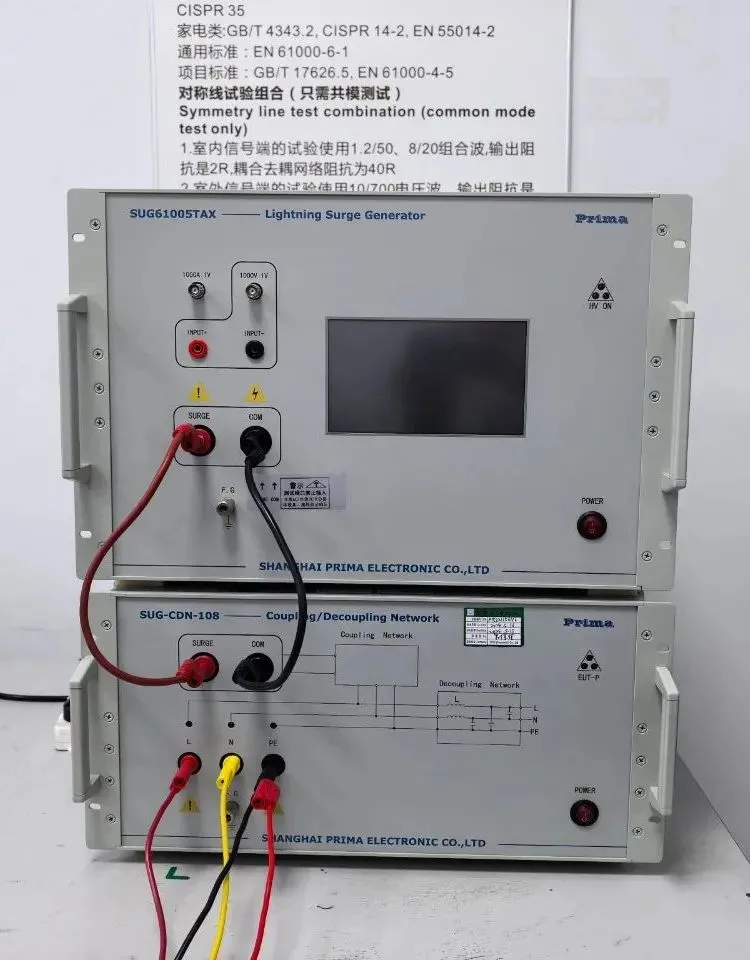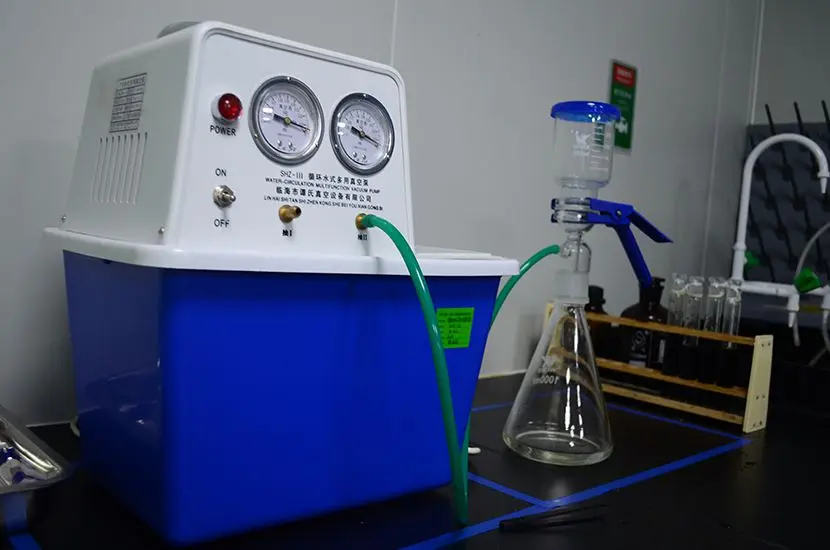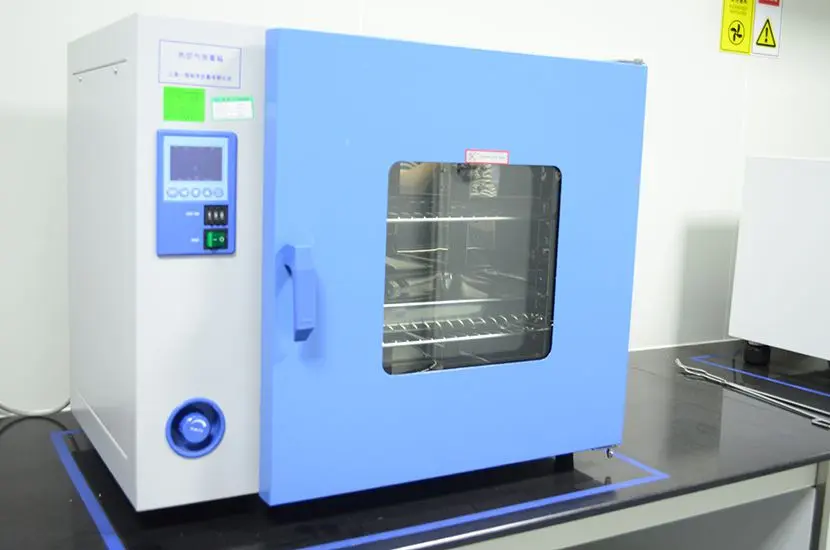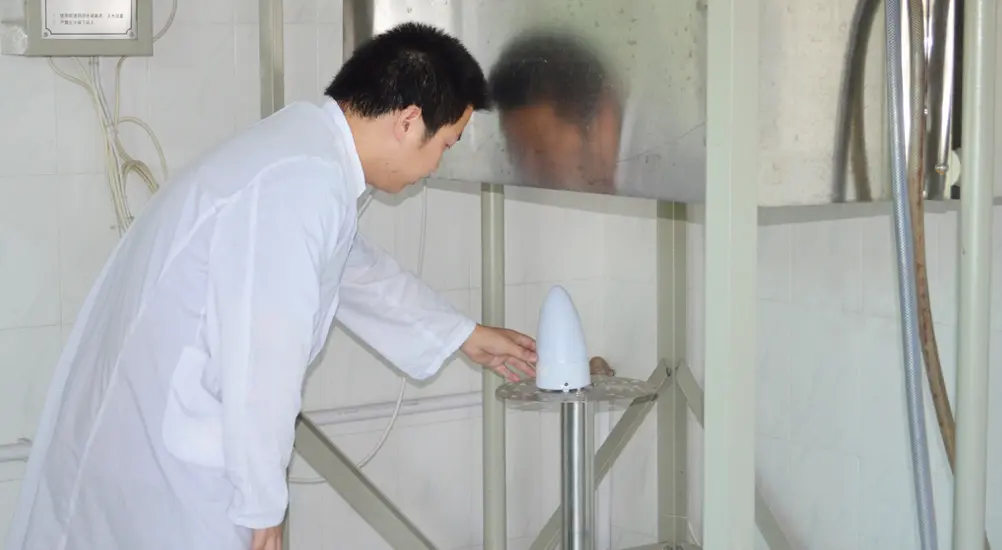
PSE + METI Registration on Amazon Japan
Recently, many customers have inquiRED about their products being removed from Amazon Japan, despite having completed pse certification and METI registration, and even displaying the PSE logo. The emails only state that the products do not meet PSE regULatory requirements. This is typically because the products themselves are not within the PSE scope but have undergone PSE certification and displayed the PSE logo, which Amazon deems non-compliant, leading to removal.
There’s a common misconception among many regarding Japanese PSE certification and meti registration: many products are actually outside the PSE scope. Normally, products not within this scope do not need PSE certification or METI registration when exported to Japan, nor should they display the PSE logo.
In such cases, providing Amazon with a structural analysis statement can resolve the issue.
Application Process for Structural Analysis Statement Required by Amazon Japan
Preparation of Materials
- Store Information: Store name, registered company name, company address, registrant email, etc.
- Product Information:
1. Two samples
2. Product manual
3. QI certificate (only for wireless products)
4. IEC62417 (only for lighting products)
5. IEC62133 (only for battery-operated products)
02 Application Process
Prepare the above materials and fill out the application form → Laboratory opening application → Issue report after processing is complete.
03 Application Timeframe
2-3 weeks
Many unprofessional third-party laboratories often make this mistake, treating products outside the diamond PSE scope as if they belong to the round PSE category and proceeding with METI registration. While customs may not have an issue, Amazon Japan has started strict audits, and once a product is found incorrectly labeled with the PSE logo, it will be removed for non-compliance.
Therefore, it is essential to determine whether your product is within the mandatory PSE scope before exporting to Japan. The "Electrical Equipment and Materials Safety Law" outlines the product types applicable for round and diamond PSE. Before preparing products for export to Japan, it’s critical to confirm if electrical products fall under this law's definition of "Electrical Equipment and Materials." Generally, products and components connected to an AC power source for use may fall under the "Electrical Equipment and Materials" category.
Appendix Tables 1 and 2 of the "Electrical Equipment and Materials Safety Law" specify "Electrical Equipment and Materials." These are divided into 20 categories, each with an "Electrical Equipment and Materials Name," determined based on target fields (e.g., rated power limits). As of March 2019, there are 457 designated names, with 116 identified as specific electrical equipment and materials (diamond PSE), posing particular risks and/or potential malfunctions. The remaining 341 items (round PSE) do not have specific purposes. The procedures required for notifying suppliers vary based on the allocated category. Only products among these 457 need PSE certification, but it’s not enough to rely solely on the product name, as many items in the catalog might also be outside the PSE scope.
How to Determine if a Product Falls Under the Regulated Electrical Equipment and Materials
Determination primarily relies on the following aspects:
1. Identify names based on usage, function, etc., rather than model names or other generic names.
2. If multiple functions are provided, consider names for all functions, as multi-functional products may belong to multiple categories, requiring reference to various standards during testing.
3. To ascertain if the product is controlled by this law, detailed information about the product, such as structure and ratings, is necessary.
4. Parts packaged with the device must also be inspected.
Which Products Are Not Compliant with "Electrical Equipment and Materials"?
Firstly, it is crucial to know that not all electrical products fall under the "Electrical Equipment and Materials Safety Law"!
The law specifically targets electrical products that connect directly to indoor wiring in ordinary households (defined as powered directly from a power outlet). Therefore, electrical products powered via removable AC adapters or those with built-in batteries are NOT included in this category!!!
Examples:
1. Products powered by removable AC adapters (e.g., gaming consoles, synthesizers, rechargeable electric shavers).
2. Products powered by built-in batteries (e.g., portable aroma diffusers, Bluetooth speakers, Bluetooth headphones).
3. Products powered by amplifiers (e.g., speakers, electric guitars, MICrophones without built-in amplifiers).
4. Certain telecommunications devices (e.g., personal computers, PC peripherals, telephones, fax machines, amateur radio equipment).
Note: AC adapters themselves fall under specific electrical equipment and materials (DC power devices), thus belonging to the diamond PSE category.
Thus, common low-voltage products, such as electric shavers powered by removable adapters, do not require full PSE and METI registration; instead, only the adapter needs certification and registration. Most products powered by built-in batteries, like Bluetooth speakers, do not require full PSE certification but only the battery's PSE certification and METI registration. It is crucial to confirm the product category during registration, as errors in categorization can also lead to non-compliance.
Only electrical products within the PSE scope exported to Japan need METI registration. Manufacturers and importers (notifying suppliers) of electrical products categorized as electrical materials must notify the Ministry of Foreign Trade and Economic Cooperation within 30 days of starting the manufacturing/importing business.
Each category classification listed in the attached "Electrical Equipment and Materials Safety Law Implementation Regulations" Table 1 requires notification.
Notification Requirements Include:
- Address
- Name
- Business start date
- Classification of imported electrical equipment and materials
- Type classification of electrical equipment and materials
- Name, designation, and address of the electrical materials manufacturer
- Name and address of the factory or business establishment
Notifying suppliers must also inform the Ministry of Foreign Trade and Economic Cooperation when transferring business to others, changing business content, or deciding to cease business.
Remember: Japan's METI registration must be applied for at the Ministry of Economy, Trade and Industry in Japan, and the applicant must be a locally registered trading company.
Japan METI Registration Declaration Process
1. The applicant cooperates with Huaxun to provide application documents;
2. Submit the test report and related documents to the Ministry of Economy, Trade and Industry (METI) of Japan;
3. Register the application documents;
4. Design and confirm the product nameplate.
List of Required Documents for Japan meti filing
1. Application form;
2. PSE test report (for products with batteries or adapters, both the battery and the adapter also require PSE test reports);
3. Product manual;
4. Product specifications (BOM, product photos);
5. Declaration of differences.
Important Points for METI Filing
1. The product must first obtain PSE certification; only after obtaining the pse certificate can you proceed with METI filing.
2. One PSE certification corresponds to one METI filing document. If a PSE certificate corresponds to multiple models, then the models in that certificate can be filed all at once.
3. If a product is a power adapter with a lithium battery, and the power adapter already has a METI filing, the lithium battery cannot use the same METI filing. The METI filing for the power adapter falls under the classification of "AC Electrical Machinery," while the METI filing for the lithium battery falls under the classification of "Lithium Battery," thus requiring two METI filing documents.
4. METI filing is divided into two types: one for qualified importers and one for those without importer qualifications (which requires a third-party agency). If you provide your own Japanese importer information, the original documents will be sent directly to the local importer in Japan. If you use an agency’s importer information, there will be no physical document, and the original document will be stored by the Japanese importer.
Japan METI Filing Cycle
1. PSE Certificate: 7-10 working days from receipt of samples.
2. METI Filing: 5-7 working days after all documents are submitted. Remember: obtain the PSE certificate before applying for METI filing. If you are a trader without your own factory, you can ask the factory if they have PSE certificates and METI filings when choosing a source; having these two qualifications will save you a lot of trouble later.
How to Choose a Japan METI Filing Agency
1. If you have a trading company in Japan, your company staff can gather the documents and apply at the local METI (which is a national institution in Japan, similar to the Market Supervision Administration in China).
2. If you do not have a trading company in Japan, you can choose a domestic agent to handle it. The domestic agent will use their own Japanese company as your importer. When selecting an agent, consider the following aspects:
(1) Qualifications: Can they provide a Japanese importer, and is the Japanese company their own? If it’s their own, the control in the later stage will be higher, as Japanese people often have different logical thinking compared to Chinese people, making communication easier if there’s a local contact.
(2) Experience: Assess through conversation or the data they provide whether they have experience. They should understand that different cases require different handling methods.
(3) Whether they can handle everything in one package, starting from PSE, and provide guidance.
How to "Read" the METI Filing
The following images are from a METI filing document I handled for a product previously.
1. Types of METI filings for Japan Amazon, check the filing text:
(1) "New" filing: Products of the same type have never been filed with this trading company; for this company, the product is "new."
(2) "Change" filing: This type of product has been previously filed with this trading company. For example, if the warm hand treasure model A is filed, that filing is new. If later warm hand treasure model B is filed, it will be a "change" filing. However, it is clear that model B's change does not affect model A's validity; both remain valid.
2. Format of METI filing for Japan Amazon: METI is Japan's Ministry of Economy, a national unit, similar to China's Market Supervision Administration. Different regions' METI formats may vary.
3. Contents covered in Japan Amazon METI filing:
The METI filing consists of two pages.
(1) The first page includes basic information: applicant, manufacturer, local contact phone number in Japan, etc. Note that this information must match the PSE certificate.
(2) The second page includes a classification table, detailing specific parameters of the product. This classification table is also a test point for the reliability of the agent you choose, as they need to find a suitable classification table for your product and ensure you fill it out in advance. Errors in the classification table may require re-filing, wasting time. In some cases, a product may correspond to two classification tables, which needs to be analyzed specifically.
4. How to verify the authenticity of Japan Amazon METI filing: Generally, you need to call the local METI to verify, as ordinary citizens do not have online access to query. There are internal channels for verification within Japan Amazon.
Steps for Japan Amazon METI Filing
Documents required for Amazon review:
1. Product nameplate photo (must be an actual photo, no Photoshop);
2. PSE certificate;
3. PSE report;
4. METI filing document;
5. Self-inspection record of the finished product.
Reasons for review failure:
1. Check if the uploaded documents are correct or missing:
The product nameplate photo must include:
(1) The name of the Japanese importer below the pse mark;
(2) The manufacturer's name must also appear on the nameplate;
(3) Other parameters, include 2-3 key parameters of the product;
(4) Clearly label "made in China."
2. Japan METI filing:
(1) Check if the applicant corresponds to the information on the PSE;
(2) Check if the classification table on the second page is correct.
3. Self-inspection record:
This is often overlooked by many customers. This self-inspection record is provided by the factory from which the customer obtained the goods, and manufacturers generally have this record, reflecting the inspection items and data. The contents of the self-inspection record may vary between products.
4. Ensure the PSE certificate report standards are correct.
5. Copy of the business filing for manufacturing or importing electrical equipment and materials. The copy must include the receipt stamp from Japan’s METI and the classification table; or relevant information about the manufactured or imported electrical equipment and materials registered with Japan's METI "Safety Net" (including the classification table).
Frequently Asked Questions:
1. Can multiple products share one METI filing?
A PSE certificate corresponds to one METI filing.
2. Can I directly use the PSE certificate and METI filing that belong to the factory?
Yes, the PSE certificate and METI filing follow the product, but note that traders cannot change the information on the product, nor can they replace the product's logo or company name with their own. In simple terms, the product label information must correspond to the PSE and METI filings.
3. Can PSE certificates and METI filings be processed simultaneously?
You must first obtain the PSE certificate before applying for METI filing. If you already have the PSE, you can directly use it to apply for METI filing.
4. What is the validity period of the METI filing letter?
The validity of the certificate after METI filing is generally three years. However, if the PSE certificate is about to expire, the METI filing will also become invalid, so it is advisable to reapply for PSE before re-filing.
Email:hello@jjrlab.com
Write your message here and send it to us
 What Are the Testing Items of California Propositi
What Are the Testing Items of California Propositi
 E-Cigarette EU TPD Testing
E-Cigarette EU TPD Testing
 Testing Certification for E-cigarettes Exported to
Testing Certification for E-cigarettes Exported to
 What is Amazon US CPC Certification?
What is Amazon US CPC Certification?
 UK Toy Safety Regulation Standard EN 71-13
UK Toy Safety Regulation Standard EN 71-13
 What is EU UFI Registration?
What is EU UFI Registration?
 EU UFI Registration for E-cigarette E-liquid
EU UFI Registration for E-cigarette E-liquid
 How to get the MSDS Report for Electronic Cigarett
How to get the MSDS Report for Electronic Cigarett
Leave us a message
24-hour online customer service at any time to respond, so that you worry!




